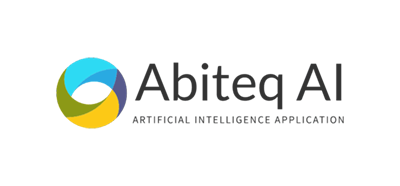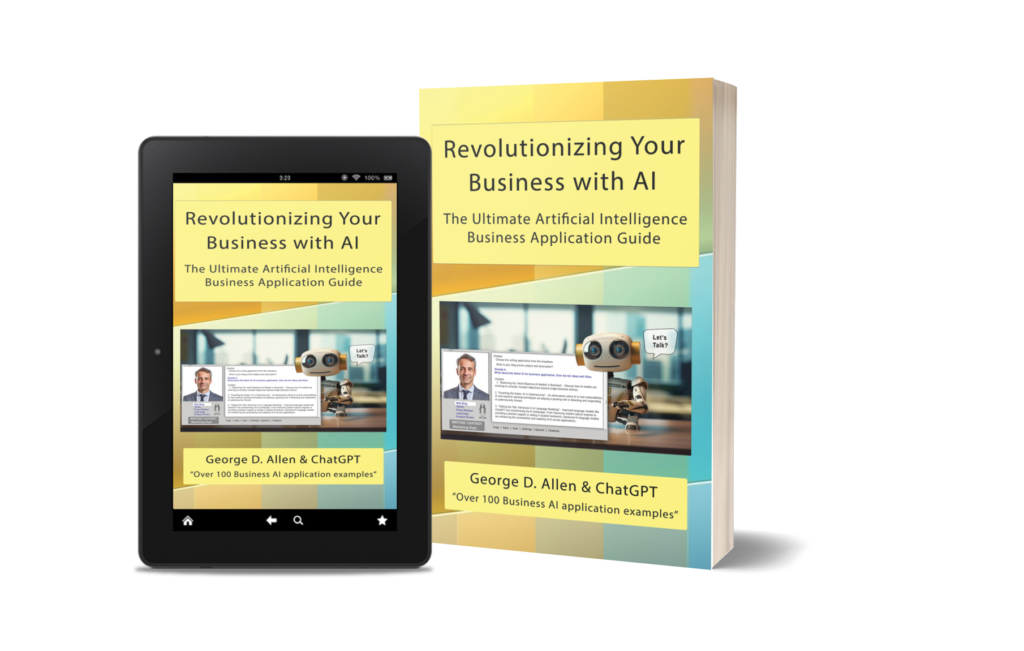We will provide a comprehensive examination of an advanced ChatGPT application that integrates the ChatGPT API, speech recognition and synthesis, avatar presentation, Pinecone vector memory program, and Langchain to store and access internal company document information.
This application aims to create an intelligent virtual assistant capable of understanding spoken commands, retrieving relevant information from a company’s internal documents, and providing responses in a natural, human-like manner. We will delve into the benefits and solutions this application offers, the programs used, and their intercommunication, along with a detailed explanation of each component’s functionality and how they work together.
Application Overview and Benefits
The ChatGPT-Powered Virtual Assistant serves as a sophisticated, interactive tool for employees, enabling them to access essential information quickly and efficiently. By leveraging multiple technologies, the application offers the following benefits:
- Improved productivity: Employees can quickly obtain information without manually searching through documents, saving time and streamlining workflows.
- Enhanced user experience: The avatar presentation and natural language processing create an engaging, human-like interaction that is both enjoyable and efficient.
- Streamlined knowledge management: The application centralizes access to internal documents, ensuring that employees have up-to-date information at their fingertips.
Programs and Intercommunication
The virtual assistant combines several components, each playing a crucial role in the system:
- ChatGPT API: The core of the application, ChatGPT API, is responsible for generating human-like text responses based on the user’s input. It receives queries from the speech recognition component and sends the generated responses to the speech synthesis module. The ChatGPT API is initialized with custom-trained models that have been fine-tuned using company-specific data to ensure high-quality responses relevant to the organization’s context.
- Speech Recognition: This component converts spoken commands into text, which is then fed into ChatGPT. It uses a speech recognition API, such as Google Speech-to-Text, to achieve this conversion. The speech recognition module employs advanced techniques, like automatic speech recognition (ASR), to adapt to various accents, dialects, and background noise conditions for better accuracy.
- Speech Synthesis: Upon receiving responses from ChatGPT, the speech synthesis module converts the text back into spoken language using a Text-to-Speech (TTS) API, such as Google Text-to-Speech, ensuring a seamless interaction with the user. It incorporates advanced voice synthesis algorithms to generate natural-sounding speech, complete with accurate intonation and stress patterns.
- Avatar Presentation: This component displays a visually appealing avatar that enhances the user experience. The avatar interacts with users in real-time, using facial expressions and gestures to make the conversation more engaging. It receives input from the speech synthesis module to synchronize lip movement and other animations with the spoken responses. The avatar is customizable, allowing organizations to select a design that aligns with their branding and company culture.
- Pinecone: Pinecone is a vector search engine that enables efficient document retrieval. The application indexes internal documents as vectors and uses Pinecone to perform similarity searches based on the user’s query. During the indexing process, documents are transformed into high-dimensional vectors using advanced NLP techniques, such as word embeddings or sentence transformers. Pinecone uses nearest neighbor search algorithms, like approximate nearest neighbor (ANN), to retrieve the most relevant documents quickly.
- Langchain: This natural language processing (NLP) library processes the retrieved documents and extracts the relevant information to answer the user’s query. Langchain employs advanced NLP techniques, such as named entity recognition (NER), question-answering models, and text summarization algorithms, to provide accurate and concise answers. Langchain sends the extracted information to ChatGPT, which then formulates a response that is sent back to the speech synthesis module.
System Integration and Programming
To create a cohesive and efficient system, the components are carefully integrated and programmed to work together seamlessly. The process involves the following steps:
- Initialization: The application starts by initializing the ChatGPT API with a custom-trained model and setting up the speech recognition and synthesis modules with their respective APIs. Additionally, the avatar presentation component is initialized with a pre-selected design and animation settings.
- User Interaction: When the user speaks a command or question, the speech recognition module captures the audio input and converts it into text. This text is then sent to the ChatGPT API for further processing.
- Document Retrieval: ChatGPT, in conjunction with Pinecone, retrieves the most relevant documents from the company’s internal database. Pinecone performs a vector similarity search, while Langchain processes the retrieved documents to extract the necessary information.
- Response Generation: ChatGPT utilizes the extracted information from Langchain to generate an appropriate, contextually relevant response. This response is then sent to the speech synthesis module.
- Speech and Avatar Synchronization: The speech synthesis module converts the text response from ChatGPT into spoken language, while the avatar presentation component synchronizes the avatar’s lip movements, facial expressions, and gestures to match the audio output.
- Feedback Loop: The system continuously listens for user input, allowing for follow-up questions or commands. This creates a dynamic, interactive experience that resembles a conversation with a human assistant.
Conclusion
The ChatGPT-Powered Virtual Assistant with Document Retrieval Capabilities demonstrates the power of integrating multiple cutting-edge technologies to create a user-friendly, efficient, and engaging solution. By combining the strengths of ChatGPT, speech recognition and synthesis, avatar presentation, Pinecone, and Langchain, this application provides a valuable tool for organizations, enabling employees to access information quickly, enhancing productivity, and streamlining knowledge management. The detailed explanation of each component and their intercommunication offers a deeper understanding of how such a system functions and the potential benefits it provides.

